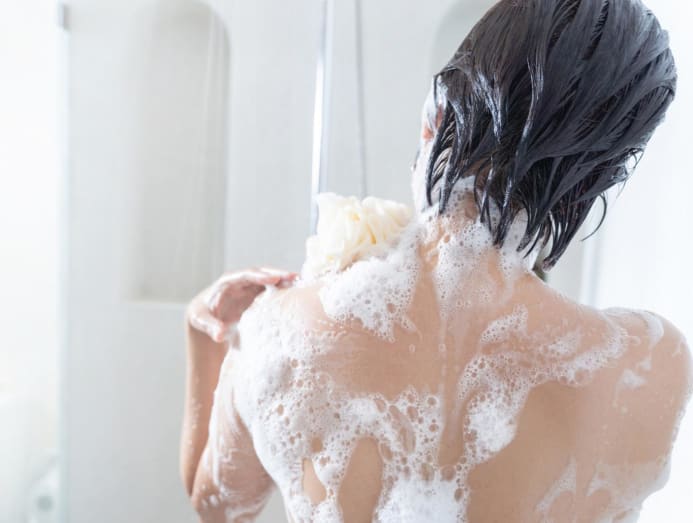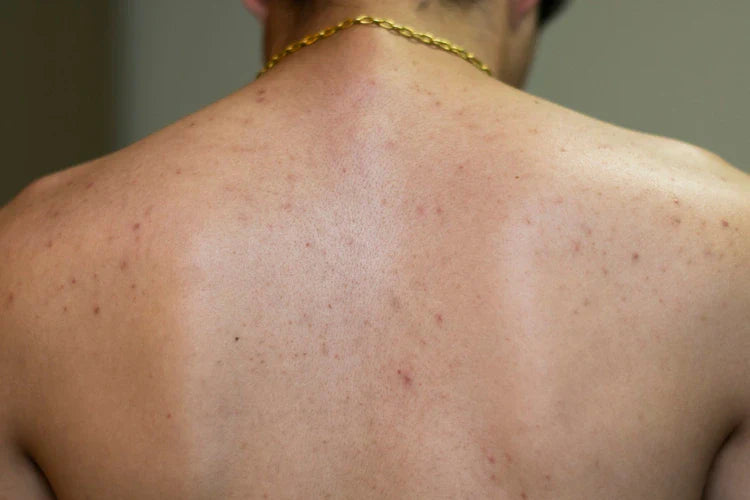How to Use Antifungal Body Wash for a Flawless Finish?
As a beautician, understanding the nuances of various skincare routines is crucial. One essential product that many overlook until necessity strikes is the antifungal body wash. This product can be a game-changer for clients dealing with persistent skin issues like athlete's foot, ringworm, or even body acne. But knowing how to use antifungal body wash effectively can differentiate between temporary relief and lasting results.
If you're looking to expand your skincare repertoire, incorporating antifungal body wash into treatments for clients reflects your ability to provide comprehensive care. This might also interest you in learning about the best shower gel for oily skin to address diverse skin concerns.

Why Choose Antifungal Body Wash?
Clients may often ask why they should use an antifungal solution over regular body wash. The answer lies in the unique formulation of antifungal products, which are specially designed to combat fungal infections that can lead to uncomfortable and often embarrassing skin conditions.
For instance, those suffering from butt acne might find relief with targeted products designed to heal and soothe the skin. More on this topic can be found by understanding how not showering enough affects acne development.
Steps to Effectively Use Antifungal Body Wash
While antifungal body washes are generally easy to use, a few important steps ensure they work effectively. Here's a guide to help you and your clients maximize the benefits:
1. Start with a Clean Slate
Before using an antifungal body wash, it's crucial to pre-cleanse the body, removing any dirt, sweat, and oils. Educate clients on the importance of showering regularly with quality products like the ones discussed on how gym clothes can cause acne.
2. Apply the Right Amount
Using the correct quantity of body wash is essential. Too little may not cover the affected areas, while too much can lead to wastage. A golf ball-sized amount is sufficient for most body areas.
3. Lather Up and Let It Sit
Encourage clients to work the body wash into a lather and let it sit for a few minutes. This allows the active ingredients to penetrate and eliminate fungi more effectively.
Utilizing a clean loofah can assist in exfoliating and ensuring that the active ingredients reach deeper into the skin, as discussed in whether loofahs can spread acne.
Top Ingredients in Antifungal Body Wash
The effectiveness of antifungal body wash largely depends on its active ingredients. Commonly, such products might contain compounds like tea tree oil, ketoconazole, or salicylic acid. For more detailed information on recommended products, view this body wash roundup.
Common Mistakes Beauticians Should Avoid
While using antifungal body wash is straightforward, certain oversights can diminish its effectiveness. Here are some common mistakes to avoid:
1. Inconsistent Use
Consistency is key when using any medical-grade skincare product. Ensure clients understand that regular use optimizes results.
2. Not Moisturizing Post-Wash
Post-wash skincare is crucial as antifungal products can often strip the skin of moisture. Recommend using a hydrating lotion to lock in moisture without clogging pores.

FAQ Section
Q1: Can antifungal body wash be used daily?
Yes, but it's crucial to monitor skin reactions and discontinue use if irritation occurs.
Q2: Are antifungal body washes safe for sensitive skin?
While generally safe, sensitive skin types should perform a patch test or consult with a dermatologist beforehand.
Q3: Can I use regular soap with antifungal body wash?
Regular soap can be used prior to the antifungal wash to cleanse the skin, which might enhance the latter's effectiveness.
Enhancing your client care routine with products like antifungal body wash can have transformative results, enabling you to address a wider range of skin concerns effectively and secure client satisfaction.
This article contains affiliate links. We may earn a commission at no extra cost to you.

